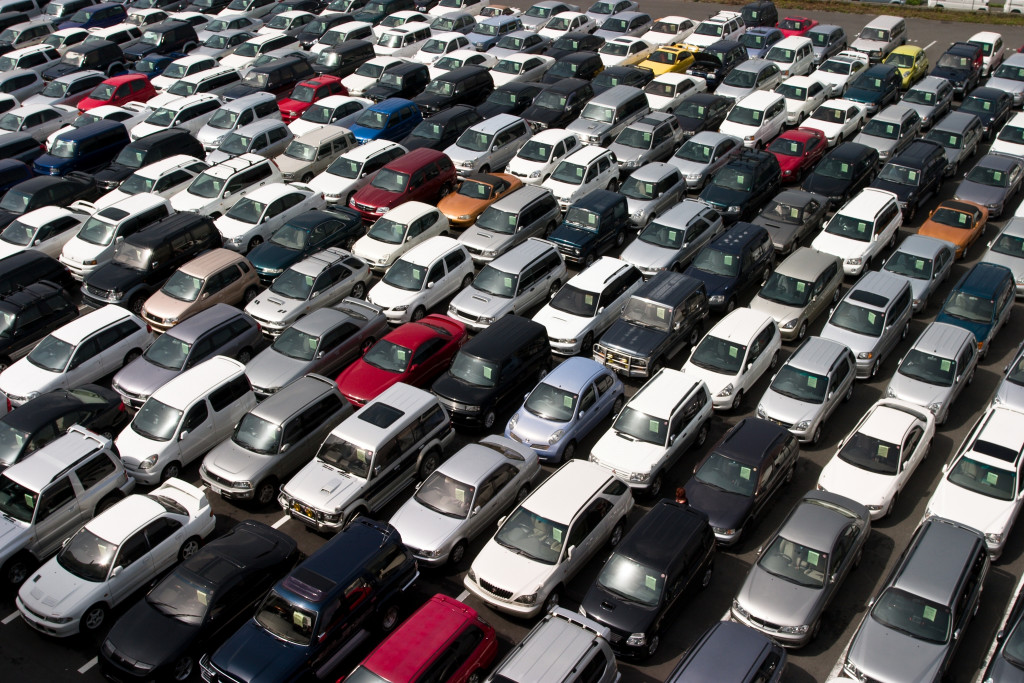Old vehicles are a growing problem in the United States. They have been linked to environmental pollution, reduced road safety, and higher vehicle costs for drivers. Here’s a look at why old vehicles are a problem in the U.S., their impacts on society, and how to combat this issue.
The Impact of Old Vehicles on the Environment
Old vehicles have been linked to environmental degradation due to their heavy emissions of harmful gases such as carbon monoxide, nitrogen oxide, and volatile organic compounds (VOCs). These pollutants contribute to air quality problems, including smog and acid rain that can damage human health and ecosystems. Additionally, old vehicles consume more fuel than newer models due to poorer engine performance and greater friction levels. This leads to greater levels of emissions that can cause further damage to our environment.
The Impacts of Old Vehicles on Road Safety
Due to the poor condition of older vehicles, they often lack modern safety features such as anti-lock brakes and airbags, which can reduce accident fatalities by up to 30%. Additionally, older vehicles may not meet current safety standards due to wear and tear over time or insufficient maintenance from their owners. As a result, these cars pose a greater risk on the roads than newer models with higher safety features and better overall performance.
Fortunately, several steps can be taken to address the issue of old vehicles in the U.S. One of these ways is quite profitable and a business you can start today: car flipping.

Starting a Car Flipping Business
Car flipping is when you purchase an older vehicle, make repairs or modifications, and resell it for a profit. It’s a great way to help reduce the number of old cars on the roads while also earning some extra money. here are the essentials for starting one.
Researching Potential Deals
The first step in starting your car flipping business is researching potential deals. You can find potential vehicles through online listings or auctions. You must do your due diligence when researching these deals so that you don’t end up with a lemon. Carefully inspect each car before purchasing it and look for any signs of damage that may need to be repaired or replaced before you flip the vehicle.
Making Repairs & Upgrades
Once you’ve identified a vehicle that has good potential, it’s time to start making repairs or upgrades. You should have identified any necessary repairs during your research phase, but additional work may be needed once you begin the repair process. Depending on the scope of the repairs needed, it may be beneficial to hire a mechanic or auto body shop to help with the work. However, if you’re planning to do it yourself, here are some things you’ll need:
- Spare Parts: One of the most crucial things you’ll need is spare parts. For example, you’ll need an idler arm if you want to fix up an engine. You’ll also need to purchase spark plugs, oil, and air filters. All these are crucial in ensuring your car is running in optimal condition.
- Tools and Equipment: You will also need a few tools to get started flipping cars. For example, you’ll need wrenches, screwdrivers, and a socket set to make repairs or modifications to the engine and other components of the vehicle. You may also want to invest in an engine hoist, or jack stands to help you lift the car for any repairs.
Selling & Profiting
Once all the repairs have been made, it’s time to sell your newly flipped car! You can list your vehicle on online marketplaces such as Craigslist or eBay Motors or take it directly to a local dealership if they’re willing to sell it directly. Once you’ve sold your flipped car, don’t forget about taxes! After deducting expenses such as parts and labor from your selling price, ensure you set aside enough for taxes so that nothing comes back to bite you later down the road.
Old vehicles are becoming an increasingly pressing problem across the United States due to their connection with environmental pollution, reduced road safety standards, and higher costs for drivers who want reliable transportation options without breaking their budget. Thankfully though, several steps can be taken to mitigate this issue. One of them is by starting a car flipping business. This business can help reduce the number of old vehicles on the roads while also providing extra income. Just remember to research and invest in the right tools and equipment to maximize your profits.

